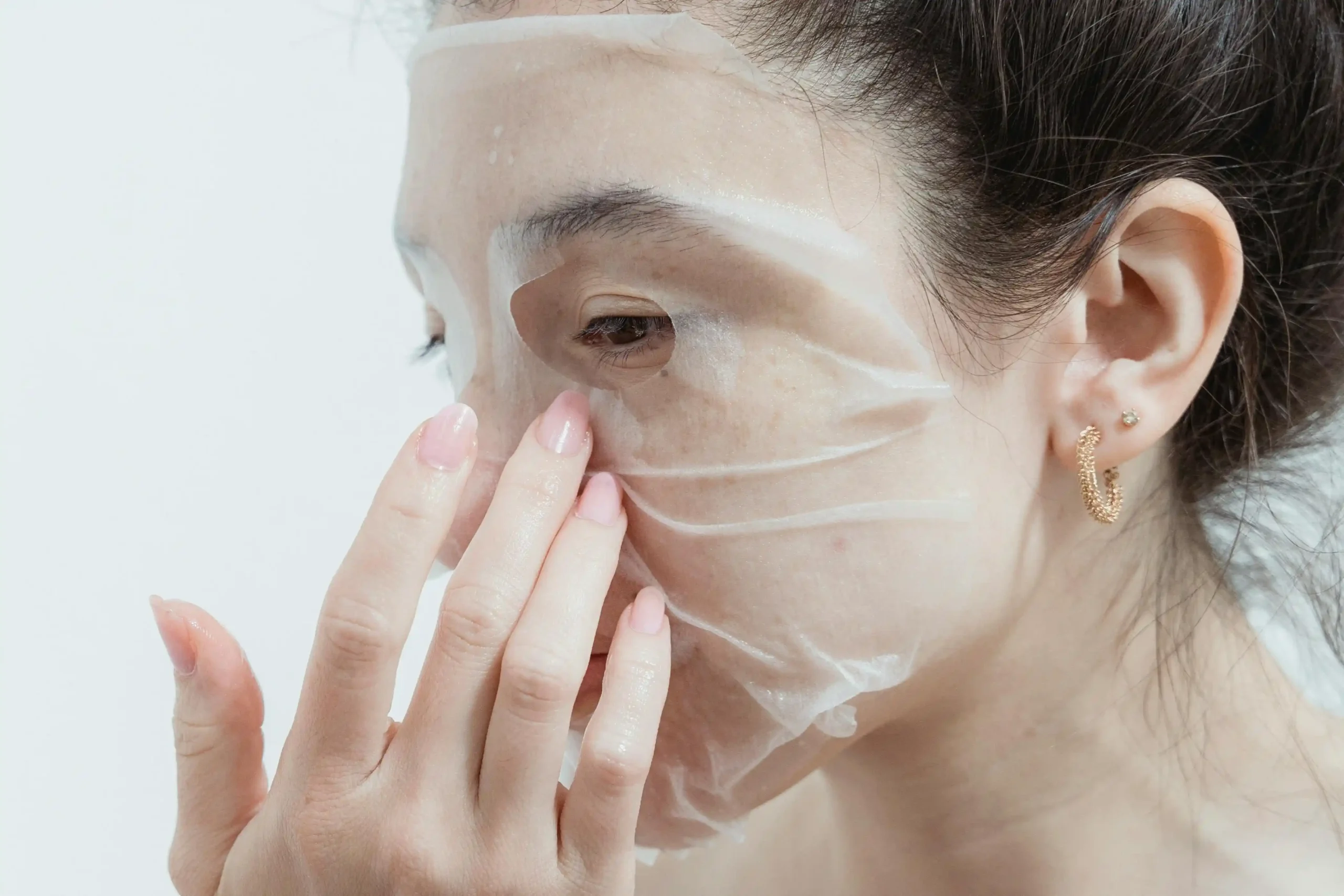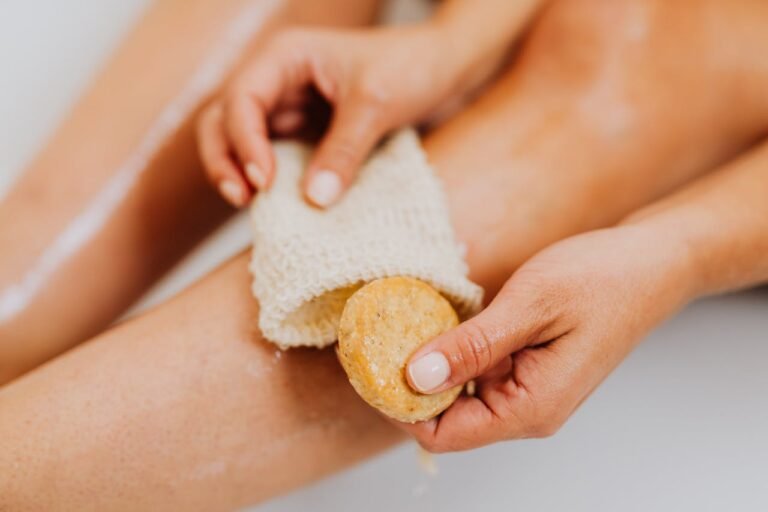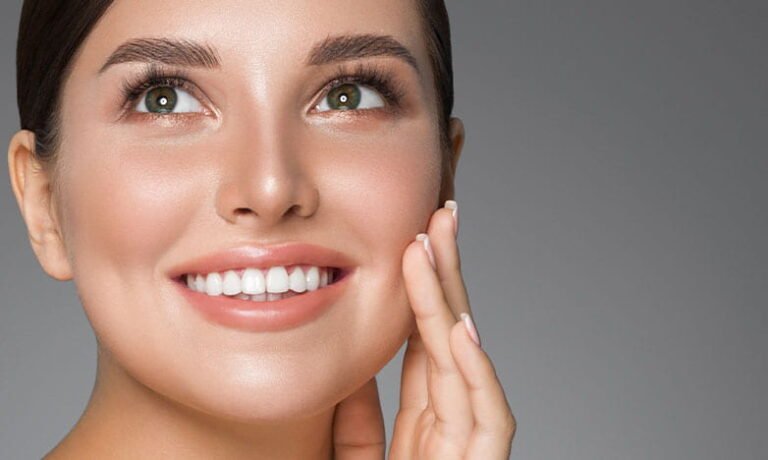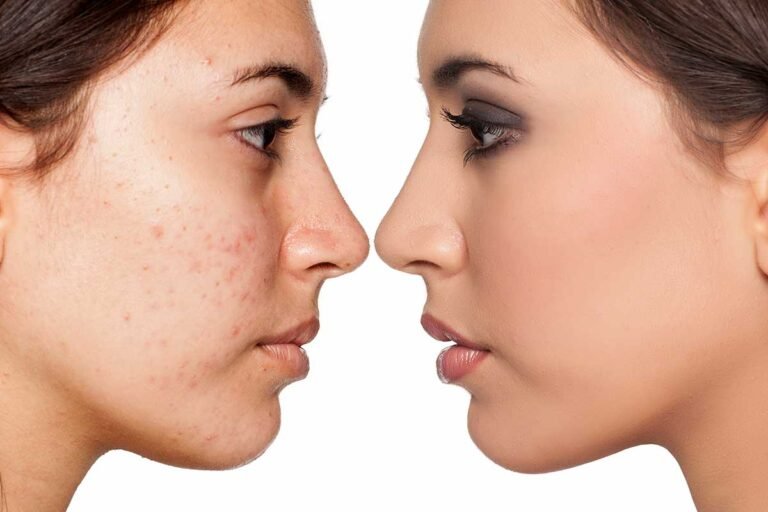The Difference Between Hydrating & Moisturizing
You’ve probably heard the terms “hydrating” and “moisturizing” used interchangeably in skincare conversations.
While both aim to improve your skin’s appearance and feel, they work in fundamentally different ways.
Understanding this distinction will revolutionize your skincare routine and help you choose products that actually address your skin’s specific needs.
Understanding Hydration: Water is the Key

When skincare experts talk about hydration, they’re referring to your skin’s water content.
Think of hydration as filling up your skin cells with water from the inside out.
Your skin naturally contains water, and when those levels drop, you notice tightness, dullness, and fine lines becoming more prominent.
Hydrating products work by attracting water molecules to your skin.
They contain ingredients called humectants that act like tiny magnets, pulling moisture from the environment and deeper layers of your skin to the surface.
This process plumps up your skin cells, creating that coveted dewy, bouncy appearance.
You can spot hydrating ingredients on product labels by looking for hyaluronic acid, glycerin, sodium hyaluronate, and aloe vera.
These powerhouse humectants can hold multiple times their weight in water, making them incredibly effective at boosting your skin’s hydration levels.
The beauty of proper hydration lies in its immediate effects.
When you apply a hydrating serum or essence, you’ll often notice your skin looks more radiant and feels softer within minutes.
This instant gratification happens because you’re literally filling your skin cells with the water they crave.
Understanding Moisturizing: Creating a Protective Barrier
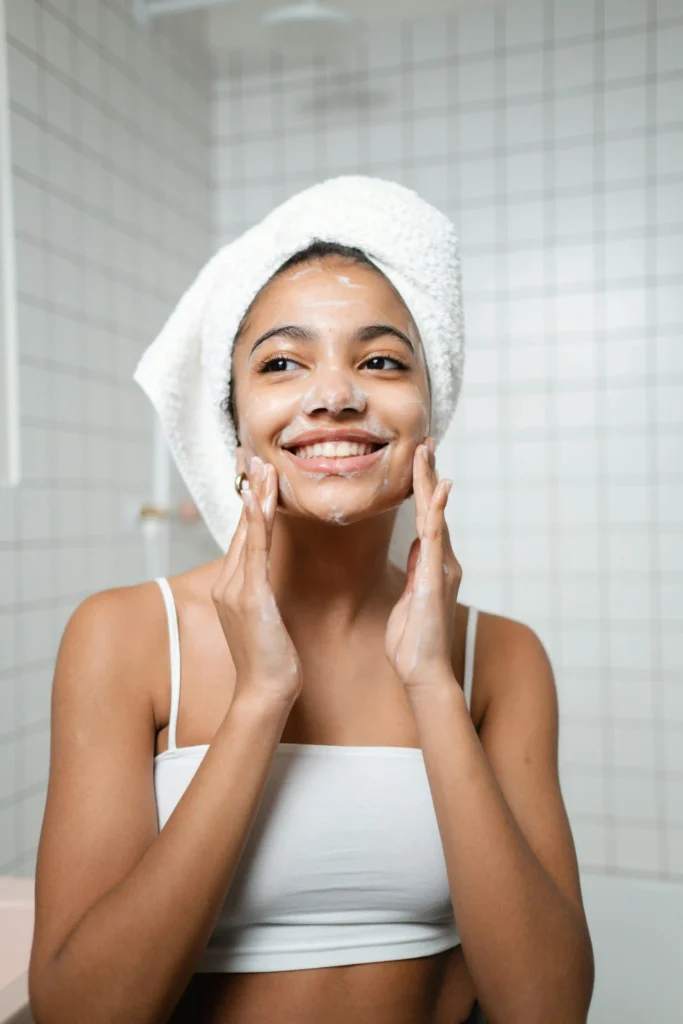
Moisturizing takes a completely different approach to skin health, instead of adding water to your skin, moisturizing focuses on preventing water loss.
Think of moisturizers as creating a protective shield that locks in whatever hydration your skin already has.
Your skin naturally produces oils and has a lipid barrier that prevents water from evaporating.
When this barrier becomes compromised due to environmental factors, harsh products, or natural aging, your skin loses moisture more rapidly than it can replenish it.
Moisturizing products contain emollients and occlusives that repair and strengthen your skin’s natural barrier.
Emollients like ceramides, fatty acids, and squalane smooth the surface of your skin and fill in tiny gaps between skin cells.
Occlusives such as petrolatum, dimethicone, and shea butter create a physical barrier that prevents water from escaping.
You’ll find that moisturizing products typically have a thicker, creamier texture compared to hydrating products.
This consistency allows them to form that protective layer your skin needs to maintain its moisture balance throughout the day.
The Fundamental Differences You Need to Know
The primary difference between hydrating and moisturizing lies in their mechanisms of action.
Hydrating products add water to your skin, while moisturizing products prevent water from leaving your skin.
Understanding this distinction helps you identify exactly what your skin needs.
Texture provides another clear differentiator. Hydrating products usually have lightweight, watery consistencies that absorb quickly into your skin.
You’ll find them in forms like serums, essences, and lightweight gels.
Moisturizing products tend to be thicker and may leave a slight film on your skin’s surface.
The timing of when you see results also varies between these two approaches.
Hydration typically provides immediate visible improvements in skin plumpness and radiance.
Moisturizing offers more long-term benefits, gradually improving your skin’s overall health and resilience over time.
Your skin type influences which approach you should prioritize. Dehydrated skin lacks water and benefits most from hydrating products.
Dry skin lacks oil and needs moisturizing products to restore its natural barrier function.
When Your Skin Needs Hydration

You can identify dehydrated skin through several telltale signs.
If your skin feels tight immediately after cleansing, looks dull even when you’re well-rested, or shows fine lines that seem more prominent than usual, you’re likely dealing with dehydration rather than dryness.
Dehydration affects all skin types, including oily skin.
You might notice that your oily skin produces even more sebum when it’s dehydrated, as your skin tries to compensate for the lack of water by overproducing oil.
Environmental factors like air conditioning, heating, low humidity, and excessive sun exposure can quickly dehydrate your skin.
If you live in a dry climate or spend lots of time in controlled indoor environments, prioritizing hydration becomes even more crucial.
Seasonal changes often trigger dehydration.
Winter air tends to be much drier than summer air, meaning your skin loses water more rapidly during colder months.
You might find that products that worked perfectly in summer leave your skin feeling tight and uncomfortable in winter.
When Your Skin Needs Moisturizing

Dry skin presents differently than dehydrated skin.
You’ll notice flaking, rough patches, or a generally lackluster appearance that doesn’t improve much with hydrating products alone.
Dry skin often feels uncomfortable throughout the day, not just immediately after cleansing.
Genetic factors play a significant role in determining whether your skin tends toward dryness.
Some people naturally produce less sebum, making their skin more prone to barrier dysfunction and moisture loss.
Age also influences your skin’s moisturizing needs. As you get older, your skin produces less natural oil and the cell turnover process slows down.
This combination makes it harder for your skin to maintain its protective barrier without additional support from moisturizing products.
Certain skincare ingredients can temporarily compromise your skin barrier, increasing your need for moisturizing products.
If you use retinoids, AHA/BHA exfoliants, or vitamin C serums, incorporating barrier-repairing moisturizers becomes essential for maintaining healthy skin.
Mastering the Art of Layering
The order in which you apply hydrating and moisturizing products can make or break your skincare routine.
Always apply products from thinnest to thickest consistency to ensure proper absorption and maximum effectiveness.
Start with your hydrating products immediately after cleansing while your skin is still slightly damp.
This technique, called “wet skin application,” helps trap additional water and enhances the hydrating effects of your products.
Layer your hydrating serum or essence first, allowing it to absorb for 30-60 seconds before applying your moisturizer.
This brief waiting period ensures that each product can penetrate effectively without interfering with the others.
Finish with your moisturizing product to seal in all the hydration you’ve just added.
Think of this final step as putting a lid on a container – you’re locking in all the beneficial ingredients and preventing them from evaporating.
Common Mistakes That Sabotage Your Results
Many people skip hydrating steps and jump straight to moisturizer, thinking it will address all their skin concerns.
While moisturizers contain some hydrating ingredients, they’re primarily designed to create a barrier rather than significantly boost water content.
Using too much product can actually work against you.
Applying thick layers of moisturizer doesn’t necessarily provide better results and can sometimes clog pores or create a greasy feeling that discourages consistent use.
Another frequent mistake involves choosing products based on marketing claims rather than ingredient lists.
Products labeled as “moisturizing” might actually be primarily hydrating, and vice versa.
Learning to read ingredient lists empowers you to select products that truly match your skin’s needs.
Timing your application incorrectly can also diminish results.
Applying moisturizer to completely dry skin reduces its effectiveness because there’s less water to trap beneath the barrier.
Choosing Products for Your Specific Skin Type
Oily skin types often assume they don’t need moisturizing products, but this misconception can lead to increased oil production and skin irritation.
If you have oily skin, focus on lightweight, gel-based moisturizers that won’t feel heavy or contribute to clogged pores.
Combination skin requires a strategic approach that addresses different areas of your face according to their specific needs.
You might use a hydrating serum all over your face but apply a richer moisturizer only to your drier cheek areas.
Sensitive skin benefits from products with minimal ingredient lists and proven gentle formulations.
Look for moisturizers containing ceramides and avoid products with high concentrations of essential oils or strong fragrances that might trigger reactions.
Mature skin typically needs both intensive hydration and barrier repair.
Consider layering multiple hydrating products under a nourishing moisturizer to address the multiple concerns that come with aging skin.
Seasonal Adjustments for Optimal Results
Your skin’s needs change throughout the year, requiring adjustments to your hydrating and moisturizing routine.
Summer’s higher humidity means you might need less intensive moisturizing products, while winter’s dry air calls for heavier barrier protection.
Air travel and spending time in air-conditioned environments can rapidly dehydrate your skin.
Keep a hydrating mist or lightweight serum in your bag for quick touch-ups when you notice your skin feeling tight.
Hot showers and baths can strip your skin’s natural oils, temporarily increasing your need for moisturizing products.
If you notice increased dryness after bathing, consider lowering the water temperature or applying your moisturizer while your skin is still slightly damp.
Building Your Perfect Routine
Start by honestly assessing your skin’s current condition. Does it feel tight and look dull (dehydration), or do you see flaking and rough patches (dryness)?
This evaluation guides your product selection and helps you prioritize which step needs more attention.
Introduce new products gradually to avoid overwhelming your skin.
Begin with either a hydrating serum or a basic moisturizer, use it consistently for a few weeks, then add the complementary product once your skin has adjusted.
Pay attention to how your skin responds throughout the day.
If your hydrating products seem to absorb quickly without lasting effects, you might need a stronger moisturizer to lock in the benefits.
If your moisturizer feels heavy or causes breakouts, you might need a lighter formula or better hydrating prep.
Consider the cost-effectiveness of your routine.
Sometimes, a well-formulated drugstore moisturizer combined with a targeted hydrating serum provides better results than a single expensive product that tries to do everything.
Conclusion
Understanding the difference between hydrating and moisturizing transforms your skincare routine from guesswork into a targeted strategy that delivers real results for your unique skin needs.

